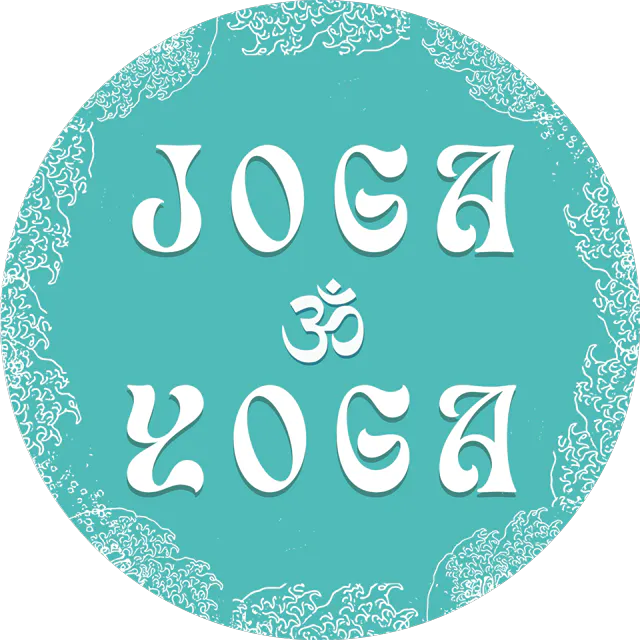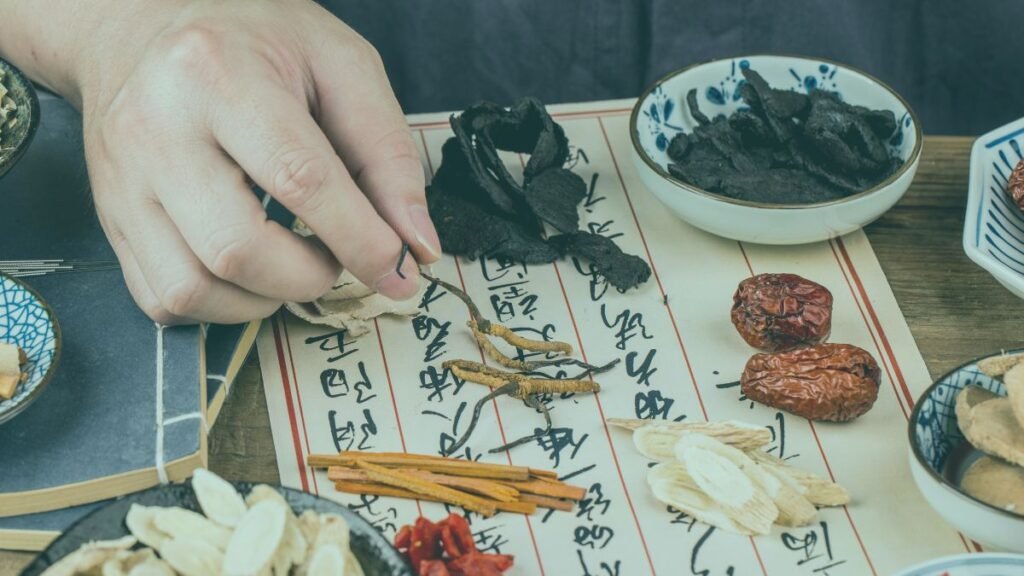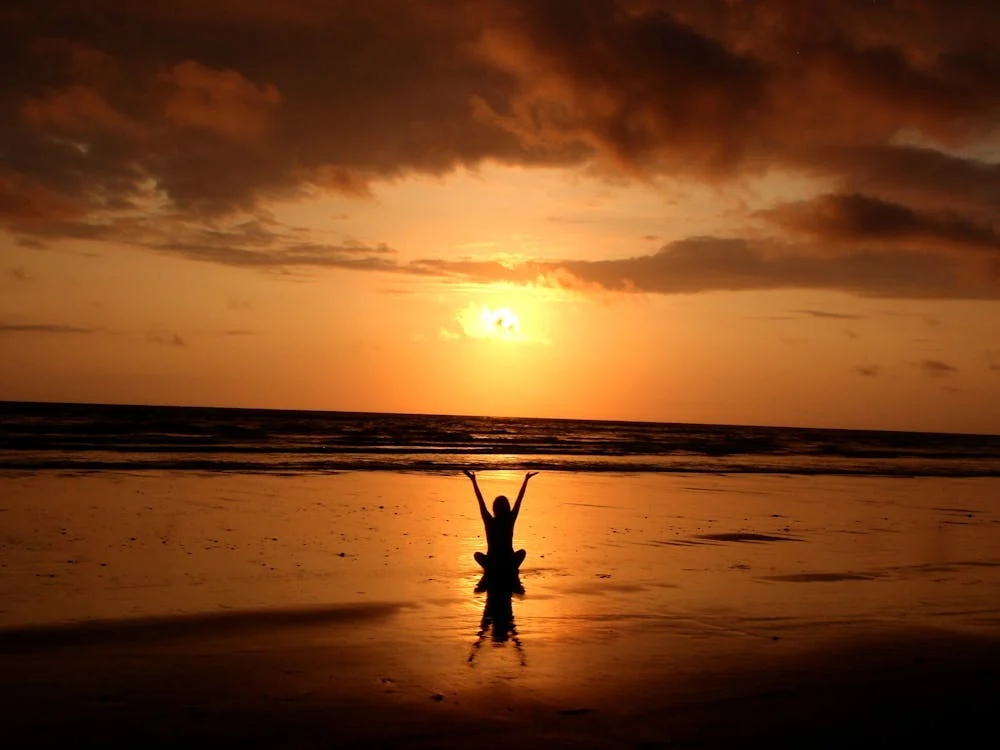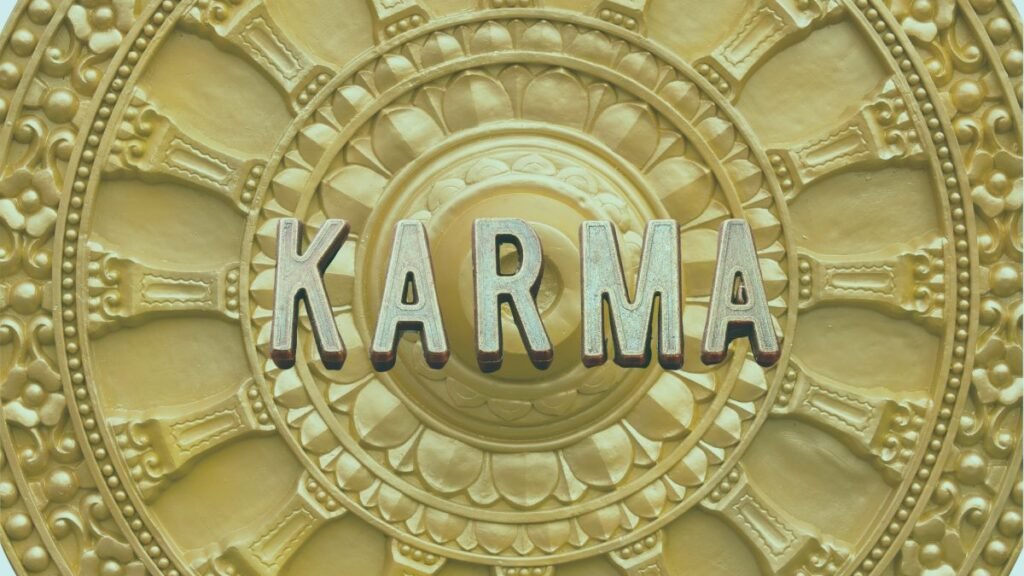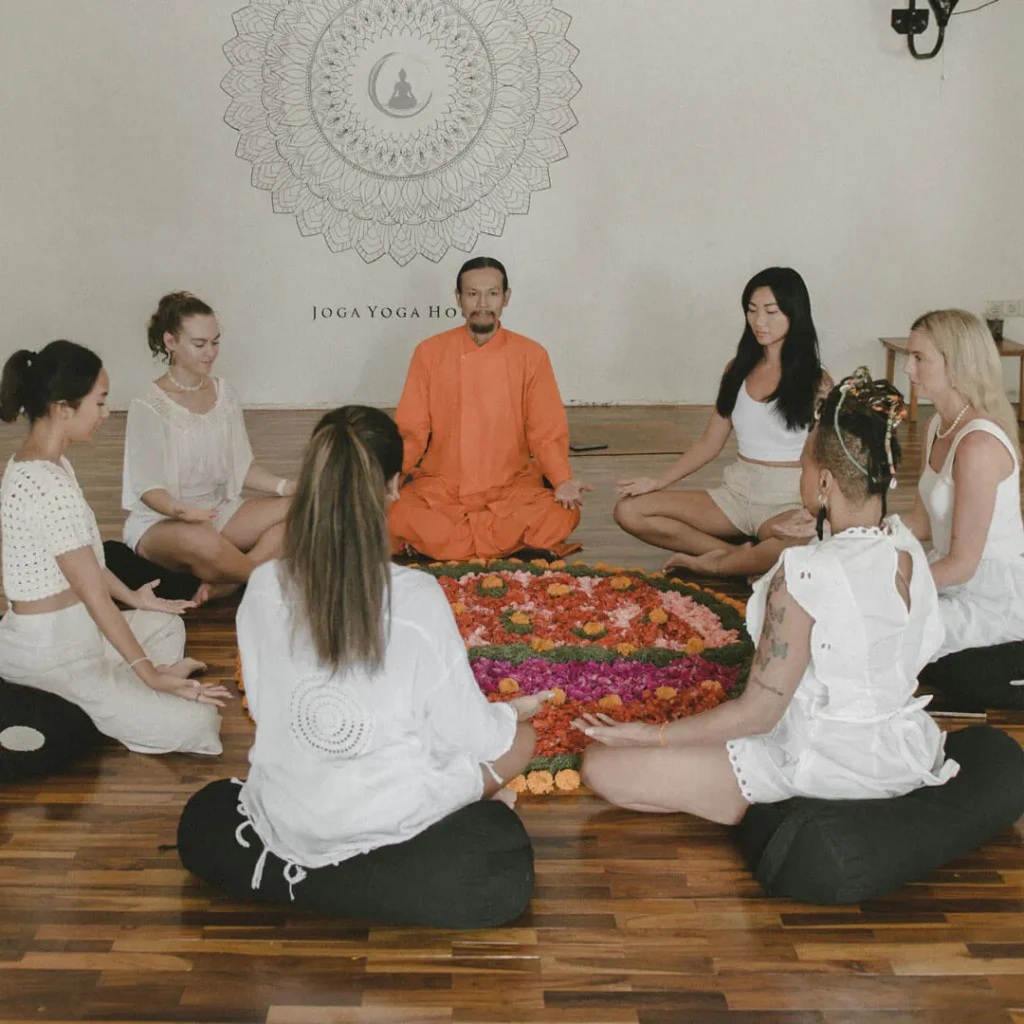The Balance Between Action and Purpose
In yoga, two powerful ideas shape how we live and grow…karma and dharma. Karma means action. It includes everything you think, say, or do. Dharma means purpose or right action. It is your path, the truth that guides how you use your energy.
Karma is what you create through your actions. Dharma is what gives those actions meaning. When both work together, life feels balanced and full of direction. When they are out of balance, you may feel lost or unsure of your path.
Understanding how karma and dharma connect is an important part of yoga philosophy. It helps you live with awareness instead of habit. It also reminds you that every choice, even a small one, can move you closer to peace and purpose.
At Joga Yoga Bali, students explore these ideas deeply during teacher training. By studying karma and dharma, they learn how to live and teach with intention, kindness, and truth.
For a deeper understanding of karma itself, you can also read our article Types of Karma in Yoga Philosophy, which explains how past, present, and future actions shape your journey.
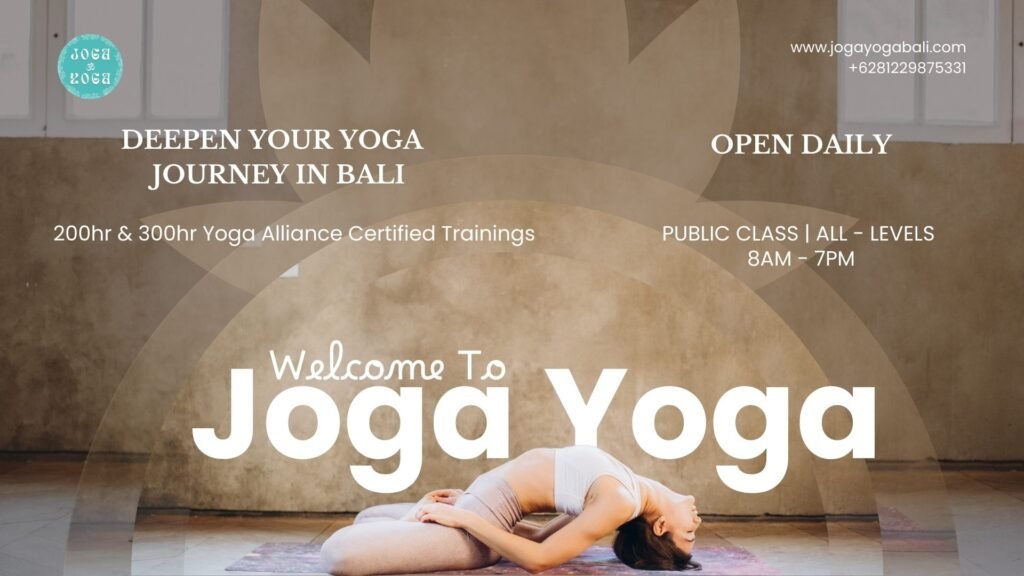
What Is Karma?
In simple words, karma means “action” and “effect.” Every thought, word, or choice creates energy that eventually returns to you. This is the natural law of cause and effect. What you give to the world always finds a way back to you.
Karma is not about luck or punishment. It is about awareness. If you act with kindness and good intention, peace grows inside you. If you act without care or understanding, you may create confusion or pain.
Everyday life gives many small examples of karma. When you help someone without expecting anything in return, you feel calm and light. But when you act only for reward or praise, that peace does not last. Karma shows us that the quality of our intention is just as important as the action itself.
Through yoga, you learn to act from awareness. You begin to notice how your body, breath, and thoughts guide your choices. This mindfulness helps you create better karma and a more peaceful way of living.
What Is Dharma in Yoga Philosophy
Dharma is one of the most important ideas in yoga. It means “right action” or “truth.” It is often described as your life’s purpose. The path that fits your nature and helps you grow while serving others.
Every person has a unique dharma. For some, it may be teaching or healing. For others, it may be creating, protecting, or caring for family. Your dharma depends on who you are, your strengths, and the stage of life you are in.
The Bhagavad Gita explains dharma through the story of Arjuna, a warrior who was unsure of his role in life. Lord Krishna teaches him that peace comes from following his own dharma, even when it is difficult. The lesson is simple: it is better to walk your own path honestly than to follow someone else’s perfectly.
For example, a teacher’s dharma is to guide students with love and patience. A parent’s dharma is to protect and nurture their children. A student’s dharma is to learn with humility. When you follow your dharma, you live with meaning, not pressure.
The Relationship Between Karma and Dharma
Karma and dharma are deeply connected. Karma is what you do, and dharma is how and why you do it. Karma is the action, and dharma is the purpose behind it.
When your actions follow your true purpose, you feel balanced and peaceful. When they go against your dharma, life can feel confusing or heavy. Acting without awareness creates more karma. Acting with purpose creates growth and understanding.
You can think of karma as movement and dharma as direction. Karma gives you the power to move, but dharma shows you where to go. Without direction, movement can become chaotic. Without action, purpose remains only an idea.
Yoga teaches you how to bring both together through awareness. When you act with mindfulness, your actions become expressions of your dharma. Every breath, word, and choice becomes a way to live your truth.
Acting With Awareness: How Dharma Guides Karma
Awareness is the bridge between karma and dharma. Yoga teaches that before every action, there is a moment to pause and choose. That moment is where awareness lives. When you take that pause, you can act with understanding instead of reacting without thought.
Mindfulness helps you notice what guides your actions. Are you acting from fear or kindness? From ego or service? Dharma gives you a sense of direction, and awareness helps you walk that path with care.
Here are a few ways this looks in daily life:
- Choosing kindness instead of anger. When someone upsets you, take a breath before reacting. Respond calmly instead of with harsh words.
- Speaking truth with compassion. You can be honest without hurting others. The way you say something can build peace instead of tension.
- Serving without ego. Help others because it feels right, not because you expect something back.
When you act with awareness, your actions align with dharma. This is the heart of Karma Yoga, the path of mindful action and service. It teaches that every task, no matter how small, can become a spiritual practice when done with love and purpose.
How to Discover Your Dharma
Finding your dharma means discovering what truly gives your life meaning. It is not always a job or a title. It is the way you share your unique energy with the world. Yoga teaches that everyone has a dharma, and it can be found through reflection and awareness.
Ask yourself:
- What brings me peace and joy?
- What are my natural strengths?
- Who do I serve through my actions?
- What feels right deep in my heart?
Yoga, meditation, and journaling are powerful tools to help you explore these questions. When you quiet the mind, your inner voice becomes clear. Sometimes dharma changes as we grow, just like the seasons of life. The key is to keep listening.
At Joga Yoga Bali, teacher training includes reflection sessions where students explore their own dharma. Through self-study, philosophy discussions, and guided meditation, students discover how to live and teach in a way that feels true to their purpose.
Dharma in the Bhagavad Gita
The Bhagavad Gita is one of the most important yoga texts, and it teaches the deep link between karma and dharma. It tells the story of Arjuna, a warrior who feels lost and afraid before battle. He does not want to fight against people he loves, so he turns to Lord Krishna for guidance.
Krishna reminds Arjuna that peace comes from following one’s true path, even when it is difficult. He says that acting according to dharma is better than avoiding action out of fear. When you do your duty with love and awareness, you grow spiritually.
The Gita says, “It is better to follow your own path imperfectly than to follow another’s perfectly.” This means being true to who you are, not who others expect you to be. In today’s world, this message is more important than ever. Following your dharma means living honestly, even when the path feels uncertain.
When you act from this place of truth, your karma becomes pure, and your actions lead to peace instead of conflict.
Karma Yoga: Acting Without Attachment
Karma Yoga is the yoga of action. It means doing your work with full heart and awareness, but without attachment to results. When you act for service rather than reward, your actions become clean and free. This practice purifies karma and strengthens dharma.
You do not have to be in a temple or on a mat to practice Karma Yoga. Everyday actions can become part of it:
- Teaching with patience.
- Cooking with love.
- Helping a friend without expecting anything in return.
- Caring for the environment or your community.
What matters is the mindset behind the action. When you act with love and without selfish desire, your work becomes sacred. This is how yoga turns ordinary life into spiritual practice.
At Joga Yoga Bali, Karma Yoga is part of our training modules approved by Yoga Alliance. Students learn how to teach and serve with mindfulness. By practicing Karma Yoga, they understand that true yoga is not only about movement or meditation but also about how we live, give, and connect.
Applying Karma and Dharma in Daily Life
The real beauty of yoga philosophy is how it fits into daily life. Karma and dharma are not only ideas to think about, they are ways to live every day with more peace and clarity.
Here are a few simple examples of how you can live in balance between action and purpose:
- Work with integrity, not just for profit. Do your best because it feels right, not just because of reward. When your work helps others, it becomes part of your dharma.
- Listen deeply in relationships. Be present when others speak. Listening with care creates stronger connections and peaceful communication.
- Give time to causes that align with your heart. Whether it’s helping a friend, caring for animals, or protecting nature, use your energy to serve something meaningful.
You can also bring awareness into your mornings. Before the day begins, take a few quiet moments to breathe and set an intention. Ask yourself, “What kind of energy do I want to bring into my actions today?” This small reflection helps guide your choices with purpose.
When you live with awareness, every action becomes yoga. Every moment…working, resting, or speaking, turns into a practice of connection and peace.

Karma and Dharma in Yoga Teacher Training at Joga Yoga Bali
At Joga Yoga Bali, students don’t just study yoga poses. They explore yoga as a complete way of life. A big part of our Yoga Teacher Training focuses on understanding karma and dharma — how actions and purpose work together.
During philosophy sessions, students learn that teaching yoga is not just about leading a class. It is about serving others with awareness. They study how karma (action) and dharma (truth) show up in daily life and how these ideas guide both personal growth and teaching.
We use reflection exercises, journaling, and group discussions to help students explore their inner purpose. Through meditation and mindful self-inquiry, each person begins to see their dharma more clearly, what they are meant to give to the world through yoga.
Students also learn how to bring these lessons into their teaching style. When yoga teachers act from awareness and compassion, they create positive energy in every class they lead. This is the true meaning of yoga — living your practice, not just performing it.
If you want to experience this deeper side of yoga and explore your own path, you can learn more about our Yoga Teacher Training at Joga Yoga Bali.
Conclusion: Living With Purpose and Awareness
Karma and dharma are two sides of the same truth. Karma is your action. Dharma is your path. Together, they shape the way you live and grow. When your actions follow your purpose, life begins to flow with peace and meaning.
Yoga helps you see this connection clearly. Every time you act with awareness, speak with kindness, or serve without expectation, you are living your dharma. Every conscious choice you make creates good karma and builds a life filled with clarity and love.
Take time each day to reflect on your purpose. Ask yourself what feels true and how your actions support that truth. This is how you live your yoga, not only on the mat but in every part of life.

